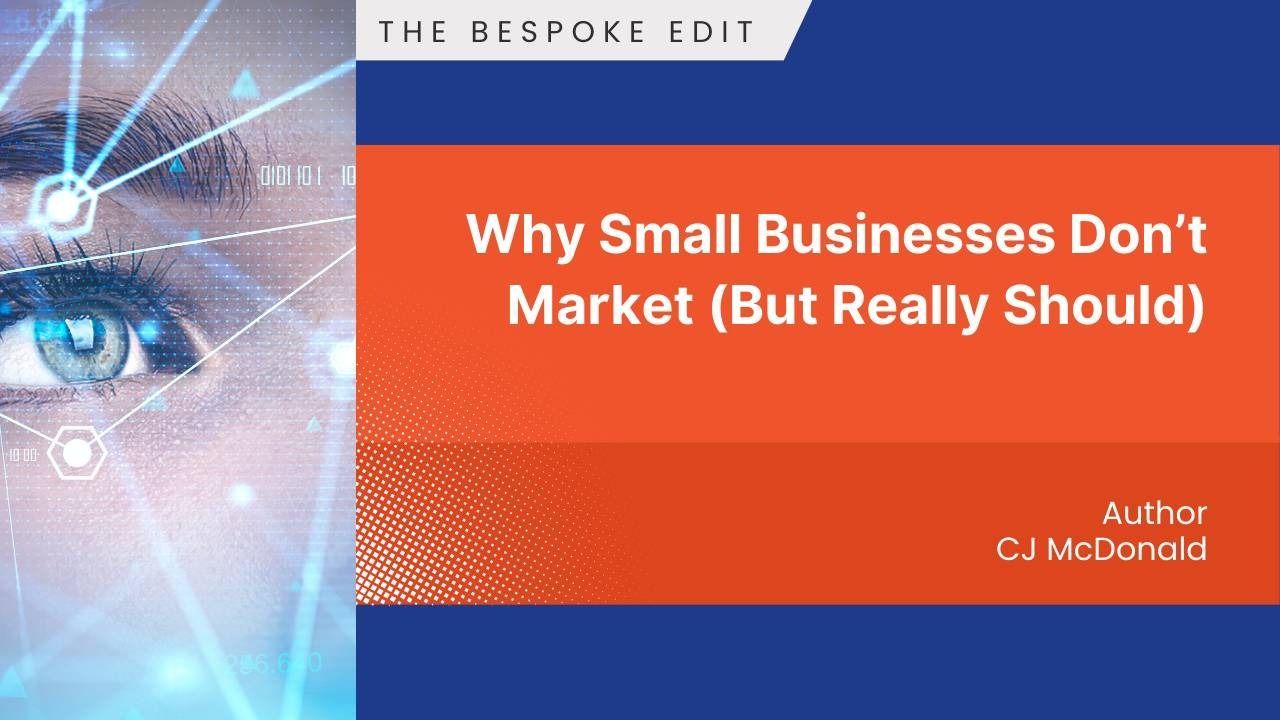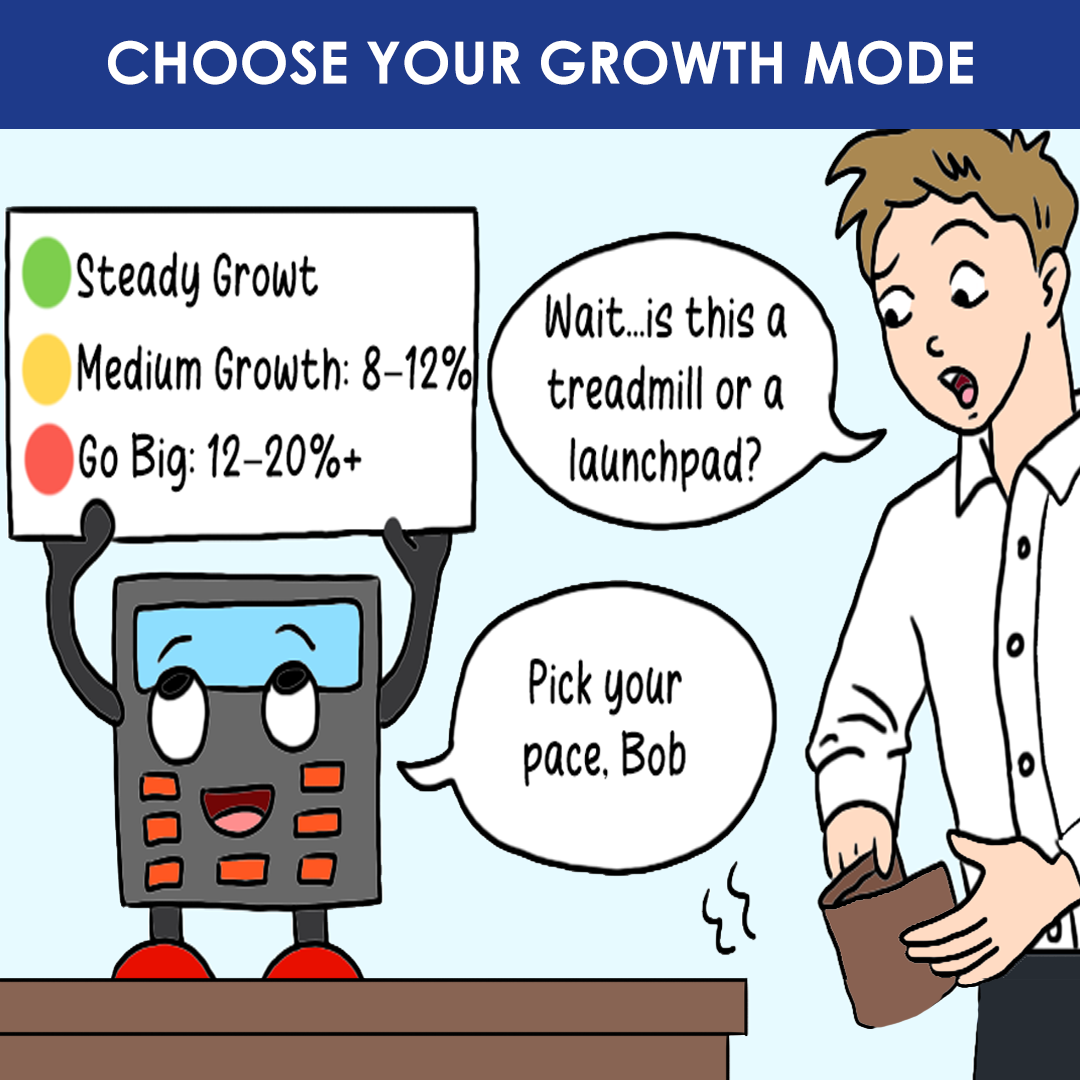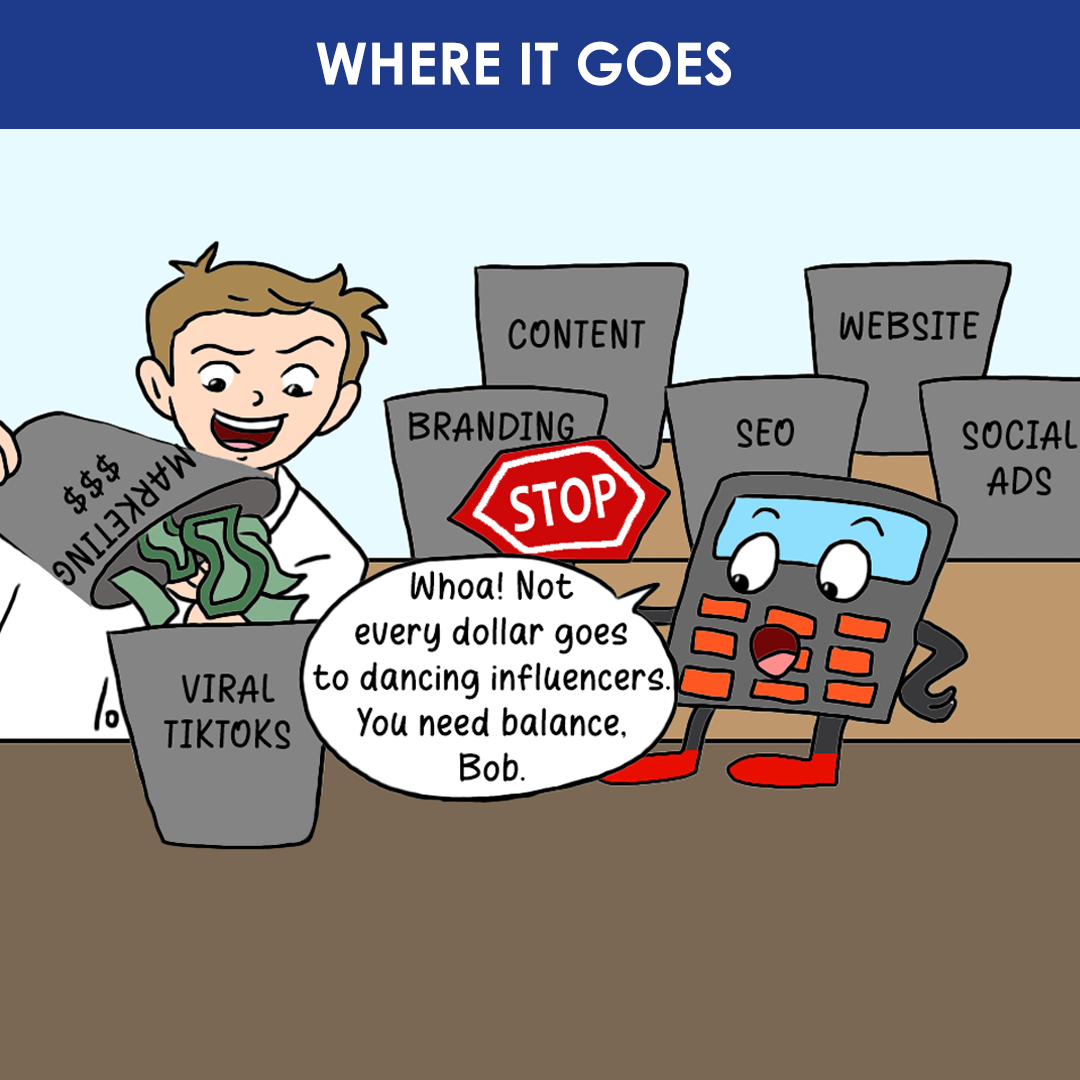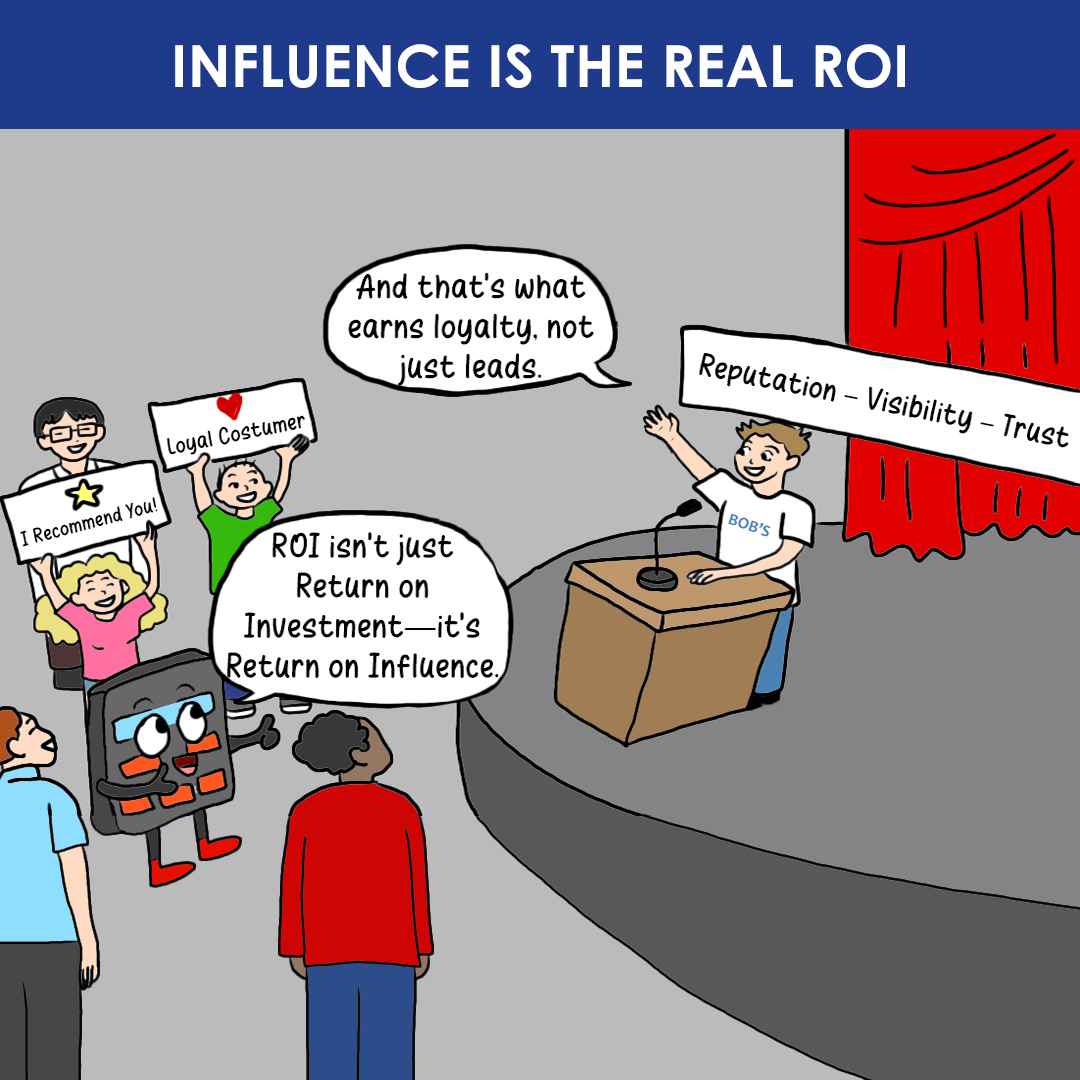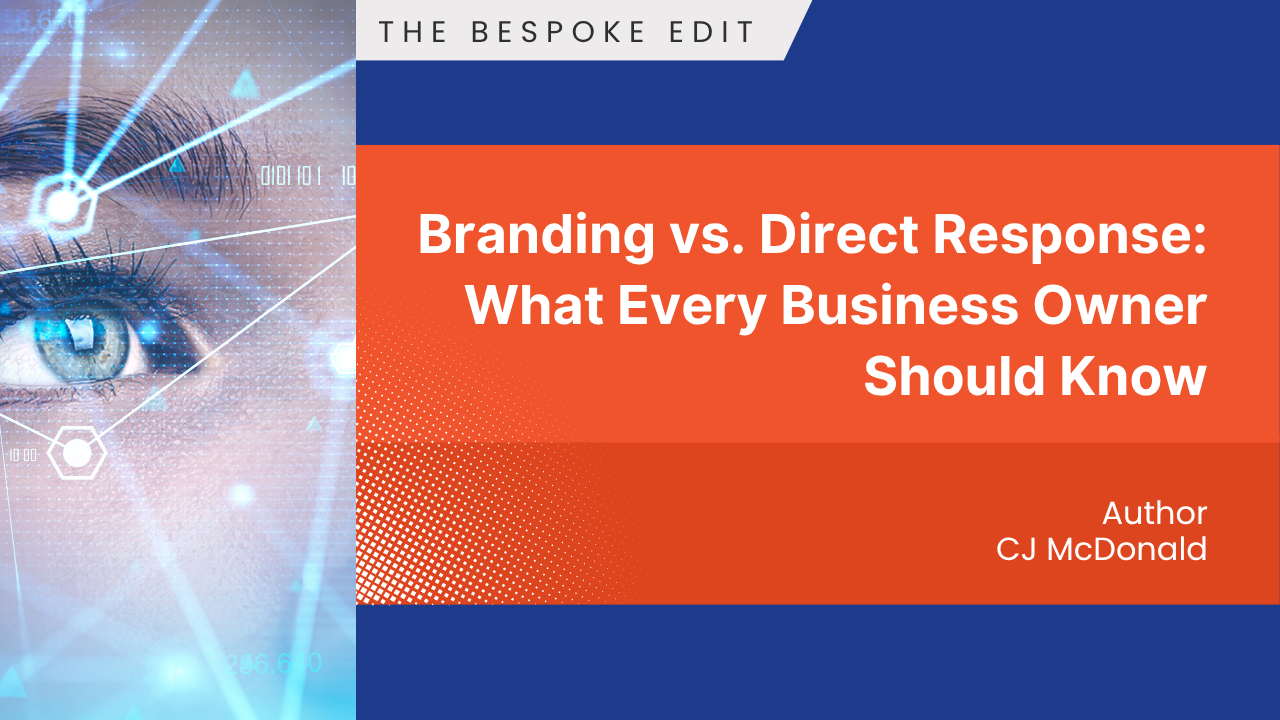I Need to Market—What Should I Expect to Spend?
So, you’re ready to market your business, but you’re wondering, "how much should I budget?" The answer depends on your growth goals. Whether you want steady, slow growth or an explosive leap forward, knowing the industry standards can help you set realistic expectations.
Industry Standards: How Much Should You Spend?
Most businesses allocate a percentage of their revenue toward marketing. Here’s a general breakdown:
- Slow, steady growth: 5–8% of total revenue
- Moderate growth: 8–12% of total revenue
- Aggressive expansion: 12–20%+ of total revenue
For example, if your business is projected to generate $500,000 annually and you’re aiming for slow but sustainable growth, you might invest $25,000–$40,000 per year in marketing. If you want to scale quickly, you may need to spend $60,000–$100,000 or more to compete effectively in your industry.
Where Does the Money Go?
Your budget covers several essential marketing components, including:
- Branding & Design – Logos, website development, and brand identity
- Content Marketing – Articles/blogs, email campaigns, and video production
- Digital Advertising – Google Ads, social media ads, and retargeting
- SEO & Online Presence – Website optimization, local listings, and reputation
- Traditional Marketing – Print ads, mailers, and sponsorships
If you're targeting explosive growth, paid digital advertising, strategic content marketing, and traditional marketing will likely be a major portion of your budget.
What About ROI?
Marketing isn’t just a cost - it’s an investment in your business’s future. Traditionally, ROI means Return on Investment - and with the right strategy, every dollar you spend should generate more in return. Many businesses that commit to consistent, well-planned marketing efforts often see 3x–5x returns over time.
But ROI also stands for Return on Influence - the impact your brand has on how people perceive, talk about, and trust your business. Even when a campaign doesn’t lead to immediate sales, it can increase brand awareness, grow your audience, and position you as a leader in your space. That influence builds equity and creates long-term value that supports future growth and customer loyalty.
The bottom line: ROI isn’t always just about numbers—it’s also about momentum, reputation, and lasting impact.
Start Where You Are
If those numbers seem overwhelming, don’t worry. Start locally, build gradually, and reinvest as you grow. The key is to stay consistent—marketing works best over time, not just in short bursts.
⏱️ 3 Things You Can Do in 15 Minutes
- Do the Quick Math
Take your annual revenue (or projected revenue) and calculate 5%, 10%, and 15% to quickly gauge what a realistic marketing budget might look like—whether you're aiming for slow, steady growth or rapid expansion. Write down what feels doable now, and what you'd aim for next. - Audit Your First Impression
Open an incognito/private browser tab and Google your business. Check how you show up: Is your website easy to find and navigate? Is your Google Business Profile up to date? Do your social profiles match your brand and look active? Make note of what's missing or outdated. - Get a Free Marketing Audit
Want expert eyes on your online presence? Send us an email and we’ll give you free, no-obligation audit of your website, local listings, and overall digital visibility - so you can see where you stand and what to improve first.
